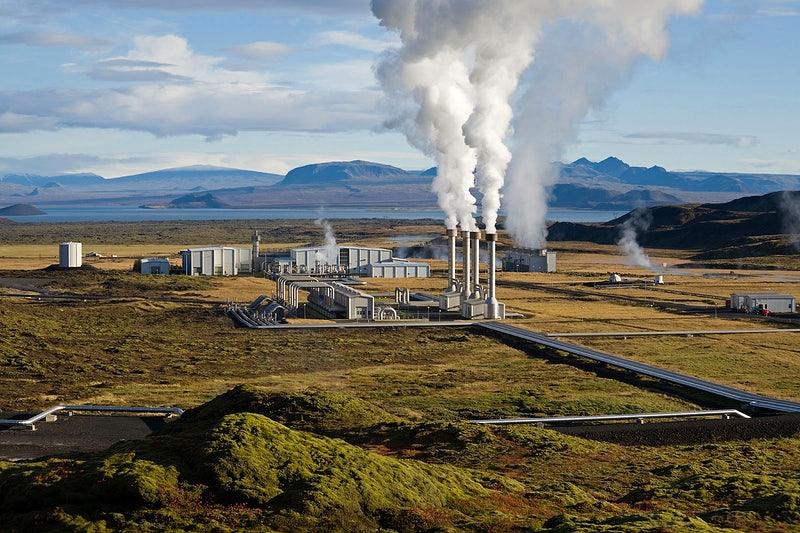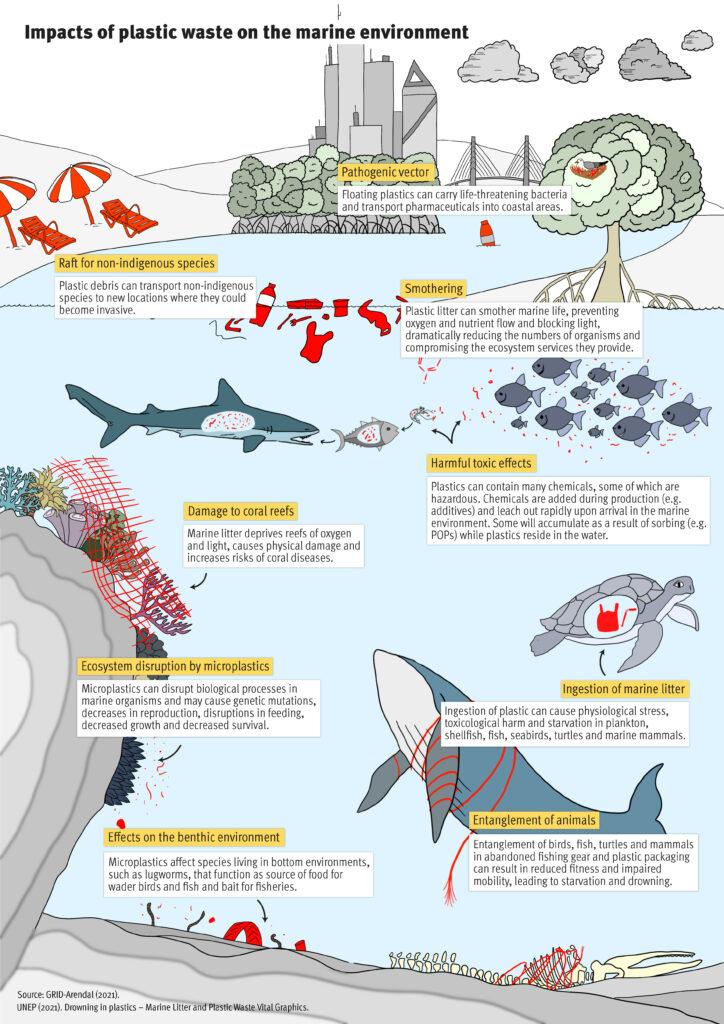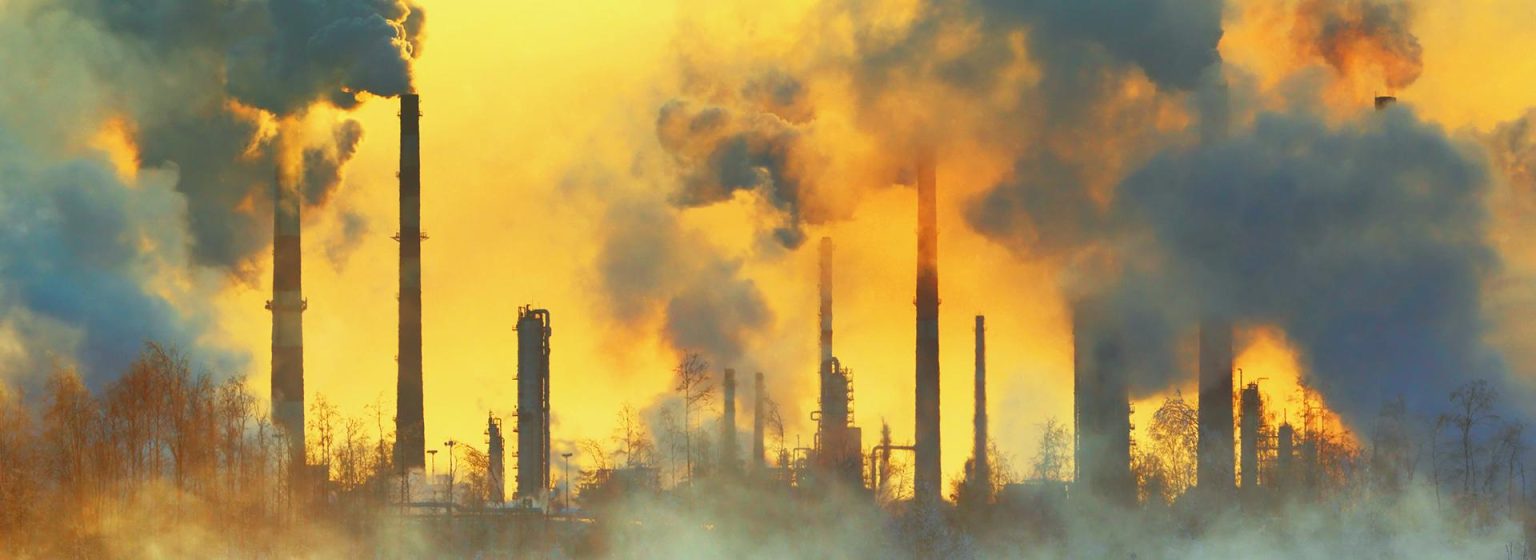In the delicate tapestry of our planet, where vibrant ecosystems flourish and diverse life forms thrive, an insidious force looms silently, altering the very fabric of nature. Pollution, a consequence of human ingenuity and industry, clings like a shadow to the landscapes we cherish, leaving behind a trail of disruption and decay. In this exploration of “Nature’s Silent Struggle,” we embark on a journey to unravel the intricate threads of pollution’s impact on the environment. From the murky waters of our rivers to the fading sounds of birdsong in forested realms, we will delve into the multifaceted challenges that our natural world faces. As we peel back the layers of this pressing issue, we aim to shed light on the often-overlooked stories of resilience and adaptation that unfold in the wake of environmental degradation. Join us as we amplify the whispers of nature, seeking to understand its struggles and the path toward a more harmonious coexistence.
Table of Contents
- Understanding the Hidden Perils of Pollution on Ecosystems
- Exploring the Connection Between Pollution and Biodiversity Loss
- Innovative Solutions for Mitigating Pollutions Impact on Nature
- Empowering Communities for a Cleaner and Greener Future
- Wrapping Up
Understanding the Hidden Perils of Pollution on Ecosystems

Despite its often invisible nature, pollution casts a long shadow over natural ecosystems. From chemical contaminants to plastic waste, various pollutants disrupt the complex interdependencies that sustain life. Organisms—both flora and fauna—struggle to adapt to these changes, resulting in a ripple effect throughout the food web. For example, aquatic environments, which are particularly vulnerable, face issues like hypoxia, as pollutants deplete oxygen levels and create dead zones. This not only threatens fish populations but also impacts the birds and mammals that rely on these fish for survival.
The consequences of pollution are not limited to immediate threats; they can also lead to long-term alterations in biodiversity. Invasive species, often a byproduct of climate change intertwined with pollution, can dominate affected areas, further pushing native species to the brink. Consider the following factors that illustrate the breadth of pollution’s impact on ecosystems:
- Soil Degradation: Contaminants can alter soil chemistry, affecting plant growth and health.
- Water Quality: Polluted waterways can lead to toxin accumulation in aquatic life, influencing human health upon consumption.
- Loss of Habitat: Pollution can lead to habitat destruction, greatly affecting the survival of various species.
| Type of Pollution | Effects on Ecosystems |
|---|---|
| Air Pollution | Harms plant respiratory processes, leading to reduced growth rates. |
| Water Pollution | Causes bioaccumulation of toxins in aquatic species, disrupting food chains. |
| Soil Pollution | Reduces soil fertility, impacting agricultural productivity and ecosystem health. |
Exploring the Connection Between Pollution and Biodiversity Loss

The impact of pollution on ecosystems manifests in various forms, each of which plays a significant role in diminishing biodiversity. Chemical pollutants, such as heavy metals and pesticides, not only tarnish the health of individual species but also disrupt complex food webs. As many organisms struggle to adapt, keystone species—those crucial for maintaining the structure of an ecological community—experience drastic population declines. This can lead to a cascade of consequences, jeopardizing the existence of numerous interconnected species. Some notable effects include:
- Reduction in population sizes of sensitive species, making them more vulnerable to extinction.
- Alteration of reproductive rates, impacting the next generation’s survival.
- Impaired habitat quality, leading to loss of resources necessary for various species.
The interplay between pollution and biodiversity loss can also be viewed through the lens of specific ecosystems, such as aquatic environments. Water bodies often serve as repositories for pollutants, resulting in compromised habitats that support diverse marine and freshwater life. The introduction of excess nutrients, like nitrogen and phosphorus, triggers harmful algal blooms that can suffocate aquatic organisms. Consider the following table illustrating the consequences of water pollution on select species:
| Species Affected | Pollutant Type | Impact |
|---|---|---|
| Coral Reefs | Heavy Metals | Coral bleaching and mortality |
| Freshwater Fish | Pesticides | Decline in reproductive health |
| Wetland Birds | Nutrients | Habitat degradation and food scarcity |
Innovative Solutions for Mitigating Pollutions Impact on Nature
In the battle against pollution, innovative solutions are emerging that marry technology with nature’s resilience. One promising approach involves the development of bioremediation techniques, where specialized microorganisms are harnessed to detoxify polluted environments. These nature-based solutions not only purify contaminated soil and water but also restore ecosystems by reintroducing biodiversity. Additionally, the implementation of vertical gardens within urban landscapes serves a dual purpose: enhancing air quality and utilizing previously neglected spaces. This combination of art and science creates vibrant green zones that absorb carbon emissions while providing habitats for urban wildlife.
Furthermore, advancements in waste-to-energy technologies are revolutionizing how we handle waste management. By converting everyday waste products into clean, sustainable energy, we reduce landfill overflow and limit harmful emissions. The introduction of smart waste bins equipped with sensors that monitor waste levels can optimize collection routes, thereby minimizing carbon footprints. The synergy of these innovations creates a blueprint for a more sustainable future, where human activities coexist harmoniously with the environment. Here’s a glimpse of the innovative methods making waves in pollution reduction:
| Method | Description | Impact |
|---|---|---|
| Bioremediation | Use of microorganisms to detoxify polluted environments | Restores ecosystems; improves soil and water quality |
| Vertical Gardens | Urban green spaces that purify air and support biodiversity | Enhances urban aesthetics; reduces urban heat effects |
| Waste-to-Energy | Converts waste into sustainable energy sources | Reduces landfill use; produces clean energy |
| Smart Waste Management | Utilizes sensors for efficient waste collection | Minimizes pollution from collection trucks; saves resources |
Empowering Communities for a Cleaner and Greener Future
The fight against pollution is a collective effort that necessitates the active participation of communities. By fostering a sense of responsibility and instilling environmental education, we can transform our neighborhoods into vibrant green havens. Initiatives such as community clean-up drives, tree planting events, and recycling workshops empower citizens to take ownership of their local environment. Consider these impactful strategies:
- Organize Regular Clean-Up Events: Mobilizing volunteers to pick up litter not only beautifies the community but also raises awareness about pollution.
- Engage Local Schools: Incorporate environmental education into school curriculums to inspire the next generation to value and protect nature.
- Create Urban Green Spaces: Transform vacant lots into community gardens or parks, providing green lungs for urban areas.
To further support these initiatives, collaboration among local governments, businesses, and residents is essential. Establishing partnerships can enhance resource availability and expertise, resulting in more effective pollution reduction strategies. Here’s a glimpse of potential collaborative efforts:
| Collaboration Type | Benefits |
|---|---|
| Community Organizations | Mobilize volunteers and increase participation. |
| Local Governments | Provide funding and resources for clean-up projects. |
| Businesses | Contribute sponsorship and promote sustainability. |
Wrapping Up
As we draw the curtain on our exploration of nature’s quiet battles, it becomes clear that the whispers of the environment hold stories of resilience and distress amid the relentless tide of pollution. Our planet, a complex web of life, continues to adapt and fight against the encroaching shadows of industrialization and waste, yet the scars of this struggle run deep. Each ecosystem, every species, from the majestic trees standing sentinel in our forests to the intricate organisms thriving in our oceans, bears witness to the changes wrought by human activity.
In our quest to understand pollution’s impact, we have uncovered not just the challenges faced, but also the remarkable tenacity of nature. This silent struggle calls for our attention; it stirs a responsibility within us to become stewards rather than bystanders. As we reflect on the revelations of this journey, let us remember that the choices we make today will resonate through generations to come.
In closing, the story of pollution is not just one of despair; it is also a clarion call for action, urging us to join hands in healing the earth. By informed choices, collective efforts, and unwavering resolve, we possess the power to restore balance to our ecosystems. Nature’s silent struggle can transform into a narrative of hope, but only if we choose to listen, to learn, and to act. The time for silence has passed; the time for change is now.



